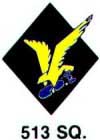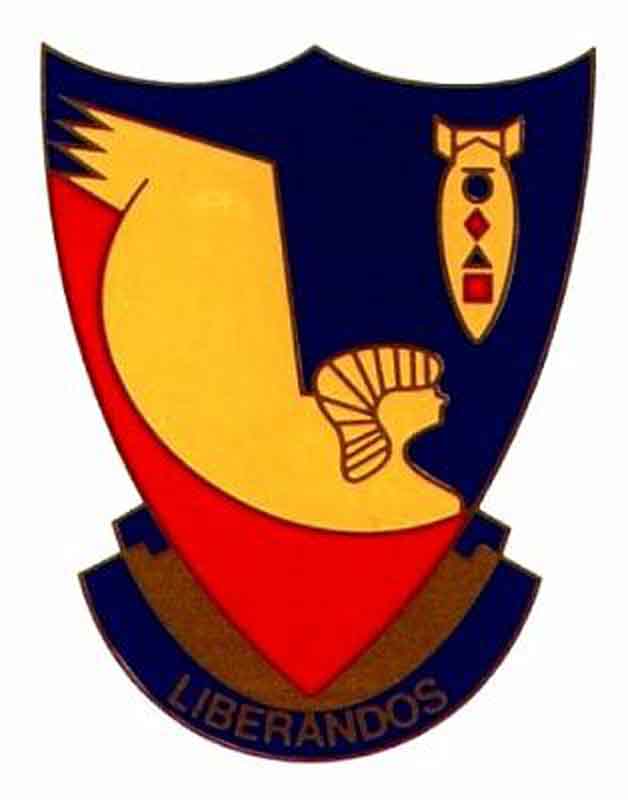Dean Holman, Mission December 19, 1943
Our third mission was a target in Germany . The plane we were flying had been on over 50 missions. The engines were not running right, but our pilot did not want to turn back. We flew into a snow storm over the Alps in formation, but came out of the storm with no other planes around. We did turn back because we could not keep up with the formation. We got back and was ready to land. But we were about four miles from the air field. I was in the back of the plane and had checked to see that the landing gear was down and locked. I called the pilot on the intercom and verified that the gear was down and locked. The three other men in the back of the plane were also preparing to land. We heard a noise in the bomb bay like a cable snapping. I checked on it but saw nothing wrong. We still had the twelve 500 pound bombs on board. I sat down on a box of ammunition to take off the electric flight boots and put my shoes on.
Suddenly we hit the ground. As we did an ammunition belt fell out of a box that was mounted high on the outside wall of the plane and hit me on the head. The plane hit some rocks and stopped suddenly. The next thing I knew I landed in the laps of the other three who were sitting with their backs against the bulkheads--their usual position during landings. My first thought was that the landing gear was not locked and had given way. But when the pilot and copilot seen that we were going to land in a field they pulled the gear up to make a belly landing on the cultivated field. I thought that we were landing on the runway. We were about four miles short of making it back to the air base.
My head wound bled a lot. By the time several hours later that the medics got to me they thought I was hurt pretty bad. I hadn't shaved for a couple of days. I looked pretty rough with blood running down the sides of my head into my beard. They gave me my first purple heart for that injury. By the time I actually got it my head was all healed up.
When the plane stopped moving we tried to open the waist windows to get out, but they were jammed and would not open. Through the small glass in the center of the window we could see one engine smoking. The floor of the plane was about twelve to eighteen inches off the ground at the belly gun mount. There was some glass in that section. The tail gunner, Sergeant Nustad, picked up a fifty caliber machine gun and broke out a hole large enough for us to crawl through. This plane was built before they started putting a ball turret in them. So there was an opening in the bottom where the ball turret was installed on later planes that was covered with plexi-glass and had bars across as machine gun mounts. The machine gun was the only thing we had heavy enough to break the glass and knock the gun mount out so we could get out.
We used a fire extinguisher and threw dirt on the engine that was smoking to put out the fire. The pilot and copilot made a very good belly landing, but we slid into a large pile of rocks which brought us to a sudden stop. Those in the front of the plane got out through a broken window in the cockpit.
As the navigator, Lieutenant McKay, was going out he heard Sergeant Philip Dickey say his feet were caught, and he couldn't get out. The bombs had come forward and bent the bulkhead against his feet. A gas line was broken, and high-test gasoline was dripping on Dickey's lower legs and feet. Lieutenant McKay went back in the plane and stayed with Philip, and gave him some morphine for pain. A young boy rode a horse to where we were but left before we could get the horse to go for help.
A short time later the base sent a plane to look for us. We fired several flares so they could see us. We also laid down in the field so they would know someone was injured. They had trouble finding an opening in the rock wall large enough to get the medical and rescue equipment to us. Before they arrived I crawled around the bombs to see if I could get to Philip's feet, but I couldn't get to them.
One doctor thought they would have to cut his feet off to get him out. They had to be especially careful because of the leaking gasoline. But they started tearing the airplane apart. While they were working we heard a hissing sound that we thought was a bomb about to go off. We all started to run. The pilot had an injured leg but he still ran over me. Turned out it was a leaking oxygen tank. Around 10:00 PM they made the rest of us return to the base. They got him out about two hours later, about eight hours after we crashed. They saved Philip's feet, but he had a lot of trouble and pain the rest of his life. Years later, while visiting Philip and his wife, Sally, he told us that back home the morning after the crash their 3-year-old daughter woke up and told her mother, "Daddy went boom."


The website 376bg.org is NOT our site nor is it our endowment fund.
At the 2017 reunion, the board approved the donation of our archives to the Briscoe Center for American History, located on the University of Texas - Austin campus.
Also, the board approved a $5,000 donation to add to Ed Clendenin's $20,000 donation in the memory of his father. Together, these funds begin an endowment for the preservation of the 376 archives.
Donate directly to the 376 Endowment
To read about other endowment donation options, click here.
Reunion
NOTE change in the schedule !!
DATES: Sep 25-28, 2025
CITY:Rapid City, SD
HOTEL: Best Western Ramkota Conference Hotel; 2111 North LaCrosse St., Rapid City, SD 57702; 605-343-8500
Click here to read about the reunion details.



















